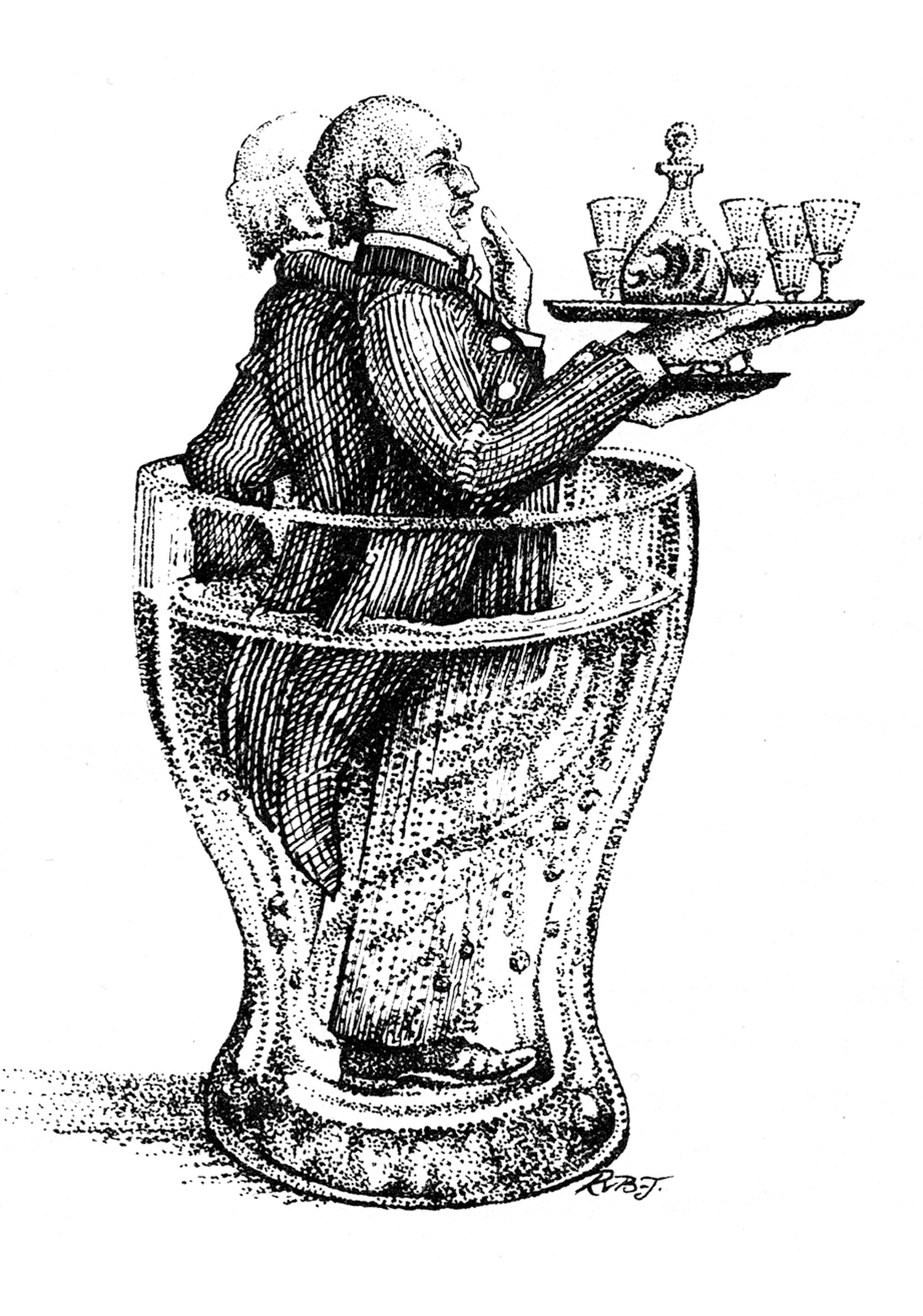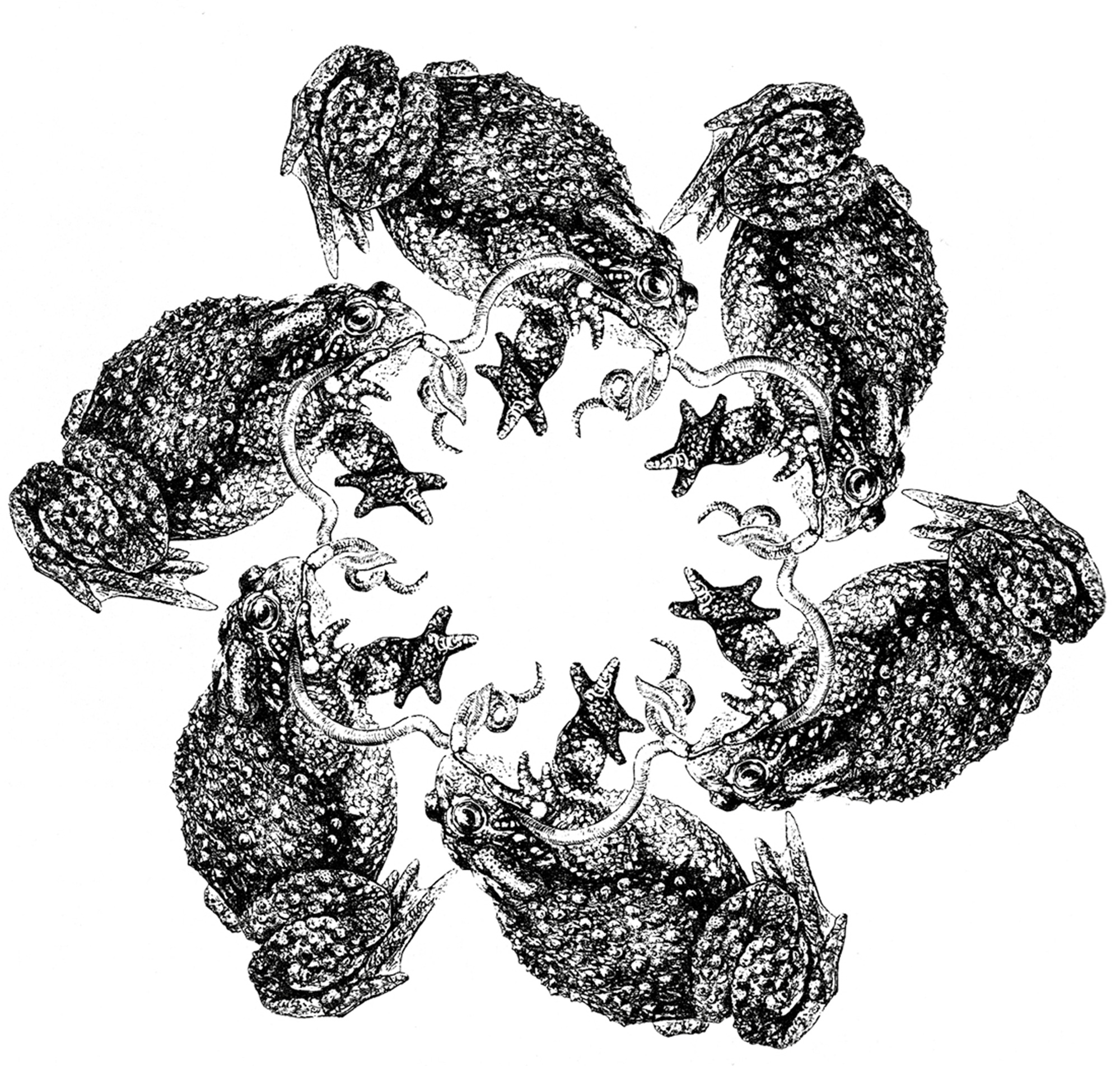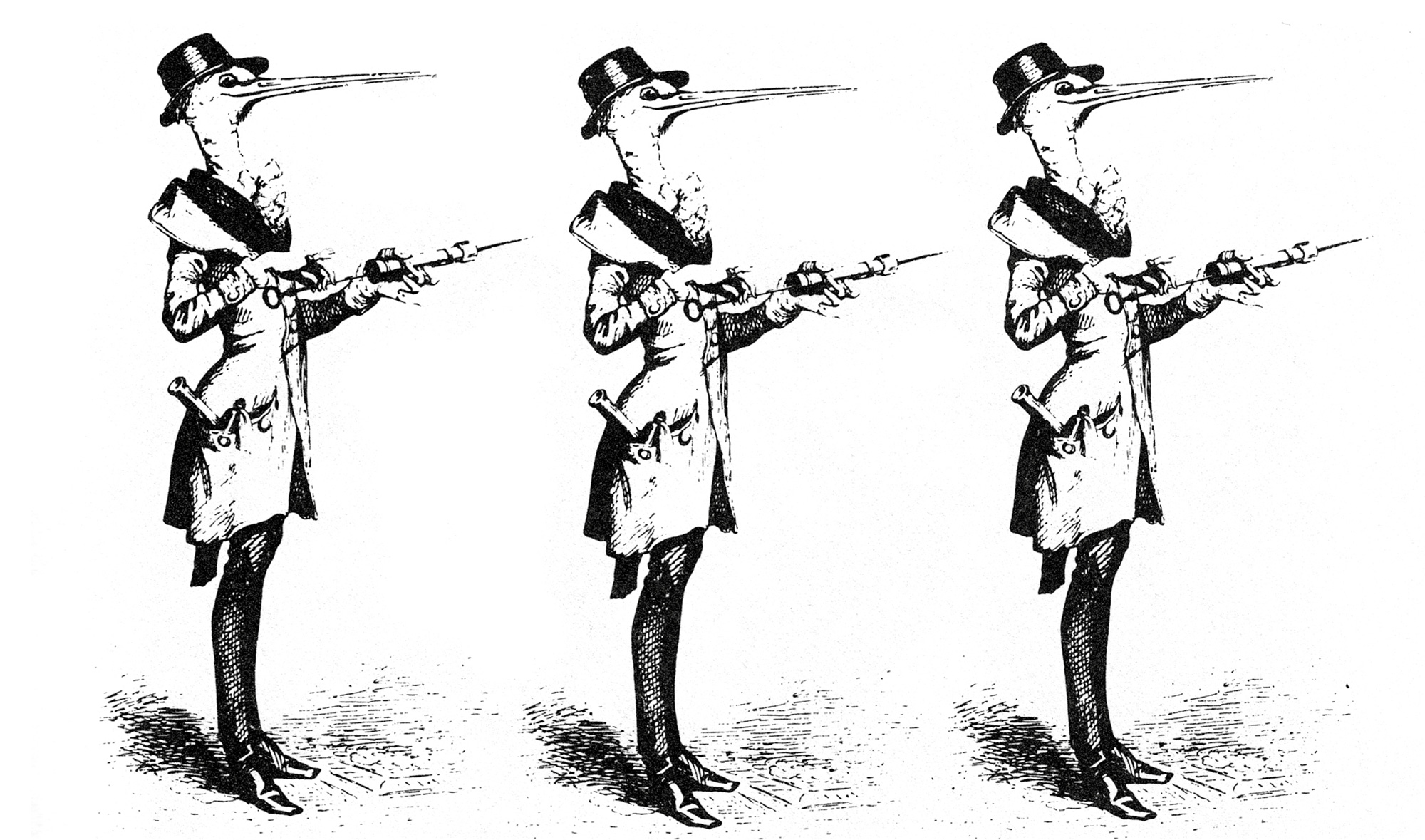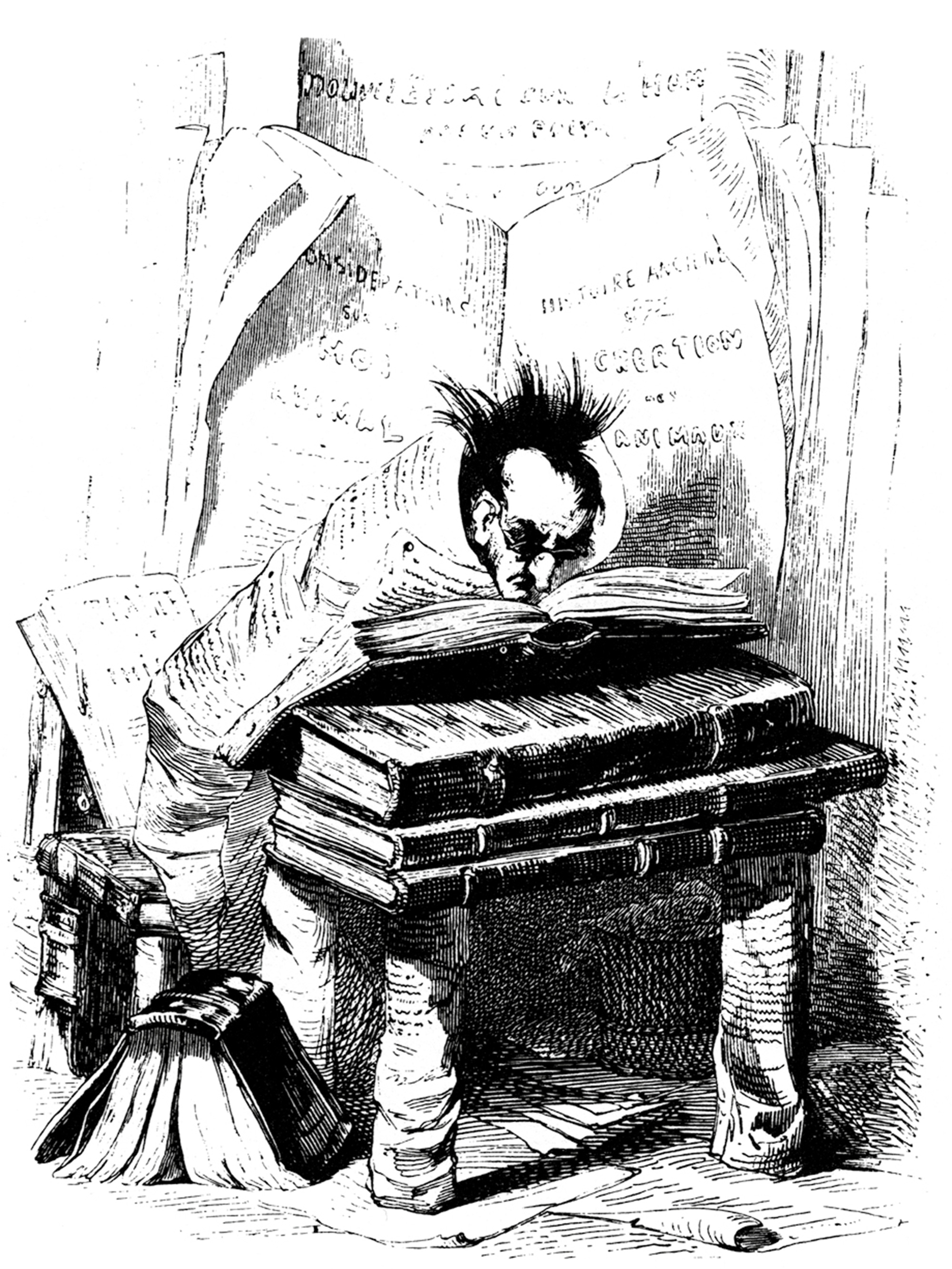Inventory / A Pedantry of Nouns
From an army of ants to a zeal of zebra
Melissa Gronlund
“Inventory” is a column that examines or presents a list, catalogue, or register.
According to an old joke, four Oxford dons, each of them expert in a different field, were taking a walk in the city of dreaming spires. When they passed a group of prostitutes, the first exclaimed: “A jam of tarts!” The second, a musicologist: “A flourish of strumpets.” The third, a scholar of nineteenth-century English literature: “An essay of Trollope’s.” The last, a professor of modern English: “An anthology of pros.”[1]
Clearly, our Oxford men were quick-witted souls, and one must never underestimate the English wont to outdo one another verbally. This joke’s display of that inclination is, moreover, telling, for it goes some way towards explaining—or at least implicitly asking—why the English language has such ornate and punning terms for pluralities. For me, the jam of tarts takes the cake, but it does not rival the classic murder of crows or the softer murmuration of starlings that are the Oxford English Dictionary–ratified ways of speaking of such (in this case, avian) birds.




An introspection of solipsists.
Renderings of butlers, toads, pediatricians, and solipsist are modified versions of drawings by J. J. Grandville, from James Lipton, An Exaltation of Larks: The Ultimate Edition, 1968.
The majority of languages form collective nouns in order to speak about a plurality in the singular. The most common collective nounds exist as single terms (a group or a set, or, for more specific purposes, a committee, family, or team) while another type is the “x of y” construction, such as a herd of cattle.[2] The “x of y” formulation characteristically invites description and metaphor in order to link together its terms and to underline certain qualities within them. We regularly use metaphorically related terms for emphasis or self-reflexivity: “Out of the blue came an avalanche of doubts,” or “The dinner was a veritable cornucopia of wit!” Yet alongside these off-the-cuff expressions, we also have a set list of equally florid and playful terms that have become “official” in the English language: a host of angels, an exaltation of larks, a shrewdness of apes, a cowardice of curs, a flight of doves.
The questions of origin and context for such terms is a complex one, but the bulk of them were first compiled and, by their publication, codified in The Boke of St. Albans, written in 1486 by Dame Juliana Berners. (That the book’s author was indeed a woman has since been disputed by, one might say, a skepticism of academics.) A less comprehensive but earlier source is The Egerton Manuscript from 1450.[3]The Boke of St. Albans, as James Lipton writes in his illustrative history of these terms, was in effect an etiquette manual, one of a number of books published at that time—a period of social and linguistic flux following the Hundred Years War (1337–1453)—that showed gentlemen the proper way to act.[4] Thus, the preponderance of terms for birds and animals results from the fact that The Boke of St. Albans was concerned largely with hunting, shooting, and the like. It provided instruction on how to comport oneself in the hunt, but also on how to kill, clean, and cook fish and game, and in what seasons and times of the day to sally forth. The book concludes with a list of correct terms, so that one could safely say one was hunting a singular of boars—not, heaven forfend, a group of them. As such, it takes the typical function of jargon—defining and reinforcing an exclusive group—to poetical extremes that have lingered in the language since.